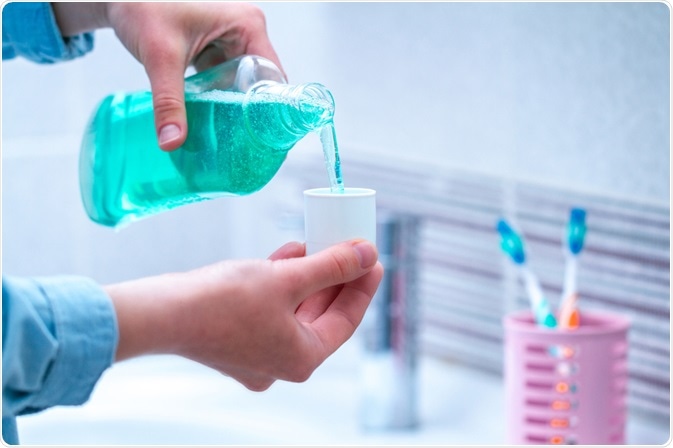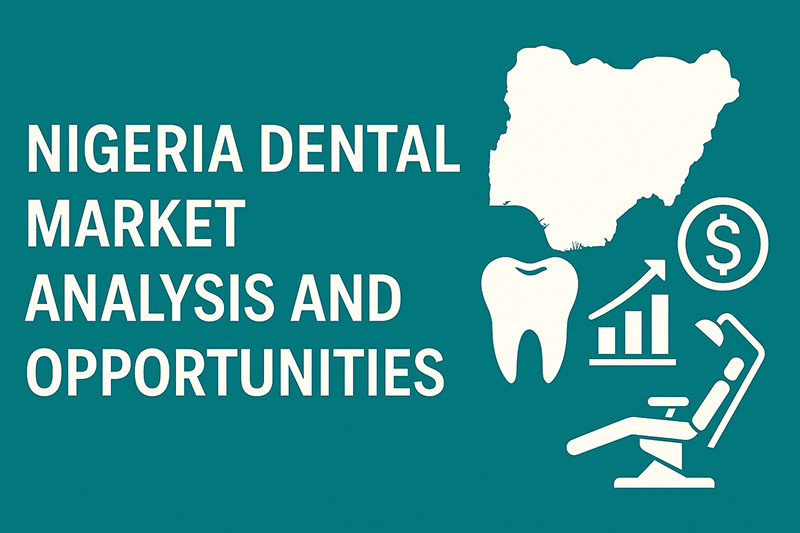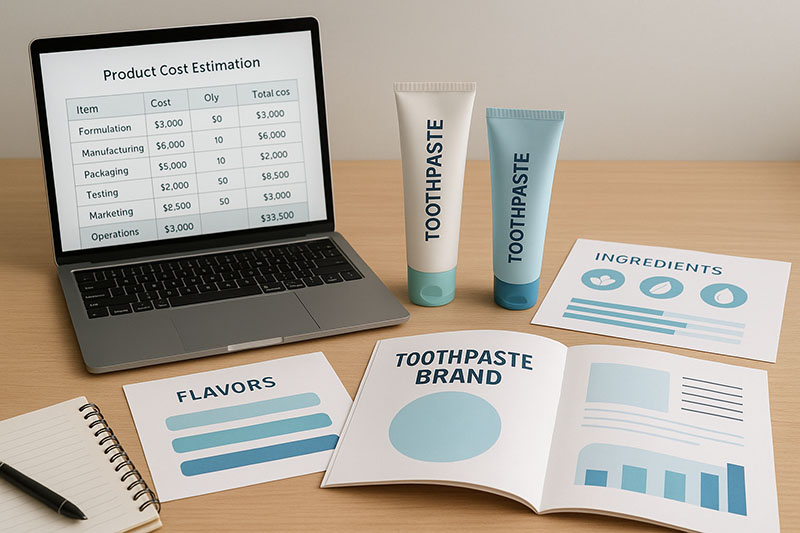Is Hydrogen Peroxide Mouthwash Safe? Benefits & Risks
Hydrogen peroxide mouthwash—when properly diluted—offers antimicrobial, whitening, and breath-freshening benefits, making it an affordable add-on to your oral care routine . However, undiluted or over-frequent use can irritate oral tissues, damage enamel, and increase tooth sensitivity . The optimal concentration for home use is 1–1.5% (i.e., mix equal parts 3% solution with water), swished for no more than 1 minute, 2–3 times per week . Always follow package directions or your dentist’s advice, and never swallow the rinse . This guide covers benefits, risks, usage protocols, DIY recipes, product comparisons, and expert guidelines to help you decide if hydrogen peroxide mouthwash is right for you.
What Is Hydrogen Peroxide Mouthwash?
Hydrogen peroxide (H₂O₂) is a mild antiseptic commonly used for wound cleaning and household disinfecting . In oral care, it appears in mouthwashes at 1–3% concentrations to help kill bacteria, reduce plaque, and whiten teeth . These mouthwashes may be sold under brands like Colgate Peroxyl or Heritage Store, or prepared at home by diluting store-bought 3% H₂O₂.
Mechanism of Action
When H₂O₂ contacts oral bacteria and organic debris, it releases reactive oxygen species that oxidize cell walls and viral envelopes, leading to microbial death. The bubbling you see is oxygen gas escaping, which mechanically helps loosen plaque and debris.
Benefits of Hydrogen Peroxide Mouthwash
1. Antimicrobial and Anti-Plaque Effects
Clinical studies show that rinsing with a 1.5% H₂O₂ solution reduces plaque volume and gingival inflammation better than placebo, though it may be slightly less effective than chlorhexidine gluconate . By lowering bacterial load, it helps maintain healthier gums and may reduce the risk of gingivitis.
2. Teeth Whitening
Hydrogen peroxide’s oxidizing action breaks down colored compounds in enamel, leading to gradual whitening. A 12-week rinse regimen with 1.5–2% H₂O₂ achieved similar shade improvement to a 2-week, 10% carbamide peroxide gel treatment . For best results, stick to low concentrations to protect enamel integrity.
3. Fresh Breath
By targeting anaerobic bacteria that produce volatile sulfur compounds (VSCs), H₂O₂ mouthwash can decrease halitosis (bad breath) . Users often notice fresher breath immediately after swishing.
4. Sore Throat Relief
Gargling with dilute H₂O₂ can soothe mild throat irritation and may provide a mild antiseptic effect against throat pathogens .
Risks and Side Effects
Mucosal Irritation and Burns
Swishing high concentrations or prolonged exposure (>2 minutes) can cause chemical burns, redness, and peeling of the oral mucosa . Always dilute properly and limit contact time.
Tooth Sensitivity and Enamel Damage
Overuse or too-strong solutions (above 3%) can demineralize enamel, increasing sensitivity to temperature and sweets . Use no more than 1–1.5% H₂O₂, and allow enamel to remineralize between uses.
Contraindications
Open wounds or ulcers: Avoid until healed to prevent severe irritation.
Young children (<6 years): Risk of swallowing; consult a dentist first.
Pregnant or nursing individuals: Limited safety data—seek professional advice.
How to Safely Use Hydrogen Peroxide Mouthwash
Choosing the Right Concentration
Store-bought 3% H₂O₂: The standard pharmacy grade.
Diluted use: Mix equal parts 3% H₂O₂ and water to achieve ~1.5% concentration .
Preprocedural rinses: Dental guidelines sometimes recommend 1% H₂O₂ before aerosol-generating procedures .
Dilution and Homemade Recipes
Basic Dilution
Measure ½ cup (120 mL) of 3% H₂O₂.
Add ½ cup (120 mL) of water.
Stir gently; swish 10–15 mL (2–3 teaspoons) in your mouth.
Baking Soda Whitening Paste
Mix 1 teaspoon baking soda with enough 3% H₂O₂ to form a paste.
Apply to teeth with a toothbrush in circular motions for ≤2 minutes.
Rinse thoroughly with water .
Step-by-Step Usage Guide
Measure: Use the cap or measuring spoon.
Swish: For 30–60 seconds, covering all surfaces and gargling at the back.
Spit: Do not swallow.
Rinse: Optional plain water rinse if irritation occurs.
Frequency: 2–3 times weekly; daily use may be tolerable for some, but monitor for sensitivity .
Frequency and Duration
Most experts recommend limiting H₂O₂ rinses to a few times per week to avoid mucosal irritation and enamel wear . For whitening regimens, a 4–12 week course is typical.
DIY vs. Store-Bought Options
DIY Hydrogen Peroxide Mouthwash
Pros: Inexpensive, customizable dilution ratio.
Cons: Risk of incorrect dilution, lacking flavoring or pH buffering.
Commercial Products
| Product | H₂O₂ % | Special Features |
|---|---|---|
| Colgate Peroxyl® | 1.5% | ADA-accepted; soothing ingredients |
| Heritage Store Hydrogen Peroxide | 1–3% | Food-grade; organic vegetable glycerin |
| Epic Medical Supply Irrigation | 3% | Multi-use; includes measuring cap |
Store-bought rinses often include buffering agents, flavors, and precise dilutions for safety and comfort.
Comparing to Alternative Mouthwashes
| Feature | H₂O₂ Mouthwash | Chlorhexidine | Fluoride Rinse | Essential Oils |
|---|---|---|---|---|
| Antimicrobial | Good | Excellent | Moderate | Good |
| Whitening | Moderate | None | None | None |
| Staining Risk | Low | High (brown stain) | None | Low |
| Taste | Bland/chemical | Bitter | Minty | Minty/herbal |
| Prescription Required | No | Sometimes | No | No |
Hydrogen peroxide offers a unique whitening benefit not found in most OTC alternatives, but it is slightly less potent against plaque than chlorhexidine.
Expert Recommendations and Guidelines
American Dental Association (ADA): Recognizes 1.5–2% H₂O₂ mouthrinses for whitening; urges safety studies for peroxide products .
Centers for Disease Control and Prevention (CDC): Early pandemic guidance included 1% H₂O₂ preprocedural rinses, but subsequent reviews questioned its antiviral efficacy .
Dentist Advice: Consult your dentist before starting any whitening regimen, especially if you have sensitive teeth or oral health issues.
Try Lidercare Now!
We Help You Launch New Products, And Continue To Grow. Try Us With 20% Off Your First Order!
Q&A: Common Questions
Q1: Can I use 3% hydrogen peroxide directly as mouthwash?
A: No. Undiluted 3% H₂O₂ can irritate or burn oral tissues. Always dilute to 1–1.5% with water .
Q2: How long should I swish hydrogen peroxide mouthwash?
A: 30–60 seconds per session—any longer increases risk of irritation and enamel damage .
Q3: Can I use hydrogen peroxide mouthwash every day?
A: Limit to 2–3 times per week. Daily use may be tolerable short-term, but monitor for sensitivity .
Q4: Will hydrogen peroxide mouthwash whiten my teeth?
A: Yes—low concentrations (1.5–2%) can gradually remove stains with regular use over weeks .
Q5: Are there any long-term risks?
A: Prolonged, high-frequency use can erode enamel, increase sensitivity, and irritate gums. Rotate with a fluoride rinse and pause if discomfort arises .
External Resources
Colgate Peroxyl Mouthwash – Product details on Colgate’s professional site.
Healthline: Gargling with Hydrogen Peroxide – Overview of benefits and risks .
WebMD: Hydrogen Peroxide Mucous Membrane Details – Pharmacologic information.
ADA: Mouthrinse (Mouthwash) Guidelines – Official stance on peroxide rinses .
MedicineNet: Safe to Rinse with Hydrogen Peroxide – Usage tips and safety .
Table of Contents
Awesome! Share to:
Latest Blog Posts
Check out the latest industry trends and take inspiration from our updated blogs, giving you a fresh insight to help boost your business.



